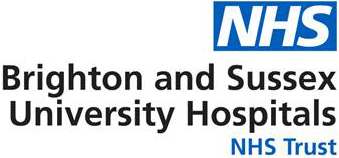It appears whatever you were looking for is no longer here or perhaps wasn't here to begin with. You might want to try starting over from the homepage to see if you can find what you're after from there.

It appears whatever you were looking for is no longer here or perhaps wasn't here to begin with. You might want to try starting over from the homepage to see if you can find what you're after from there.